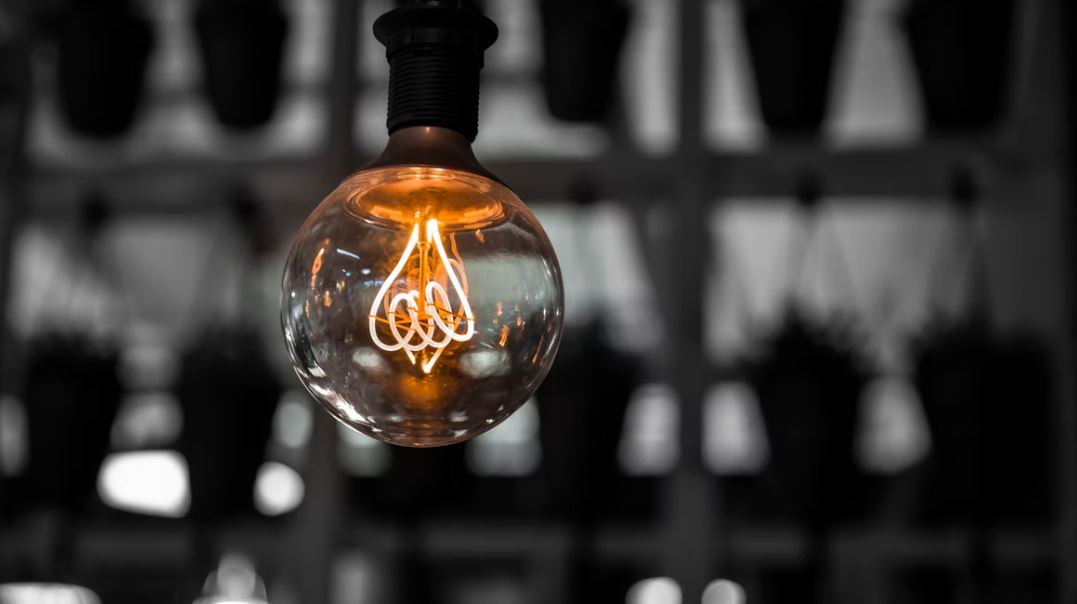The advent of xenon headlights is one of the biggest revolutions in lighting systems for cars. These headlights are micro-discharge lamps containing a large amount of xenon gas, which, in addition to increasing the field of vision on the roads, are characterized by great clarity, more light and greater durability than conventional headlights.
How do xenon headlights work?
The basic operation of xenon headlights is simple: the lights are ignited by an electric arc between two electrodes immersed in high-pressure xenon gas, as well as mercury and other metallic salts.
In other words, the conductor is a high-pressure gas that emits light when electric current passes through it, instead of having filaments. A high-voltage pulse is required for its ignition, for which certain accumulators may be required. However, they consume less electricity compared to halogen headlights in the ratio of light intensity they provide.
What are the advantages of xenon headlights?
When driving at night, a car with xenon headlights is less noticeable than a halogen headlight. The glare is much lower and we can say it as daylight. Xenon has a longer lifetime than the standard headlight design in our vehicles.
With good use, you can use it for more than 20 years. Xenon headlights require less energy. Technically, halogen uses 50 watts of energy and xenon lights use 30 watts. This is one of the most important differences.
What are the disadvantages of xenon headlights?
The first disadvantage of xenon headlights is their complexity, which complicates repairs. These should be done by an expert. This increases repair costs.
On the other hand, when long lights are on at night, they can easily dazzle other drivers, so headlights with this technology often have automatic height adjustment systems.
Finally, these headlights have very high operating temperatures, which means they need to be very well cooled, and on the other hand, they ignite quite slowly. (it takes between 1 and 3 seconds for them to reach their maximum lighting capacity).




